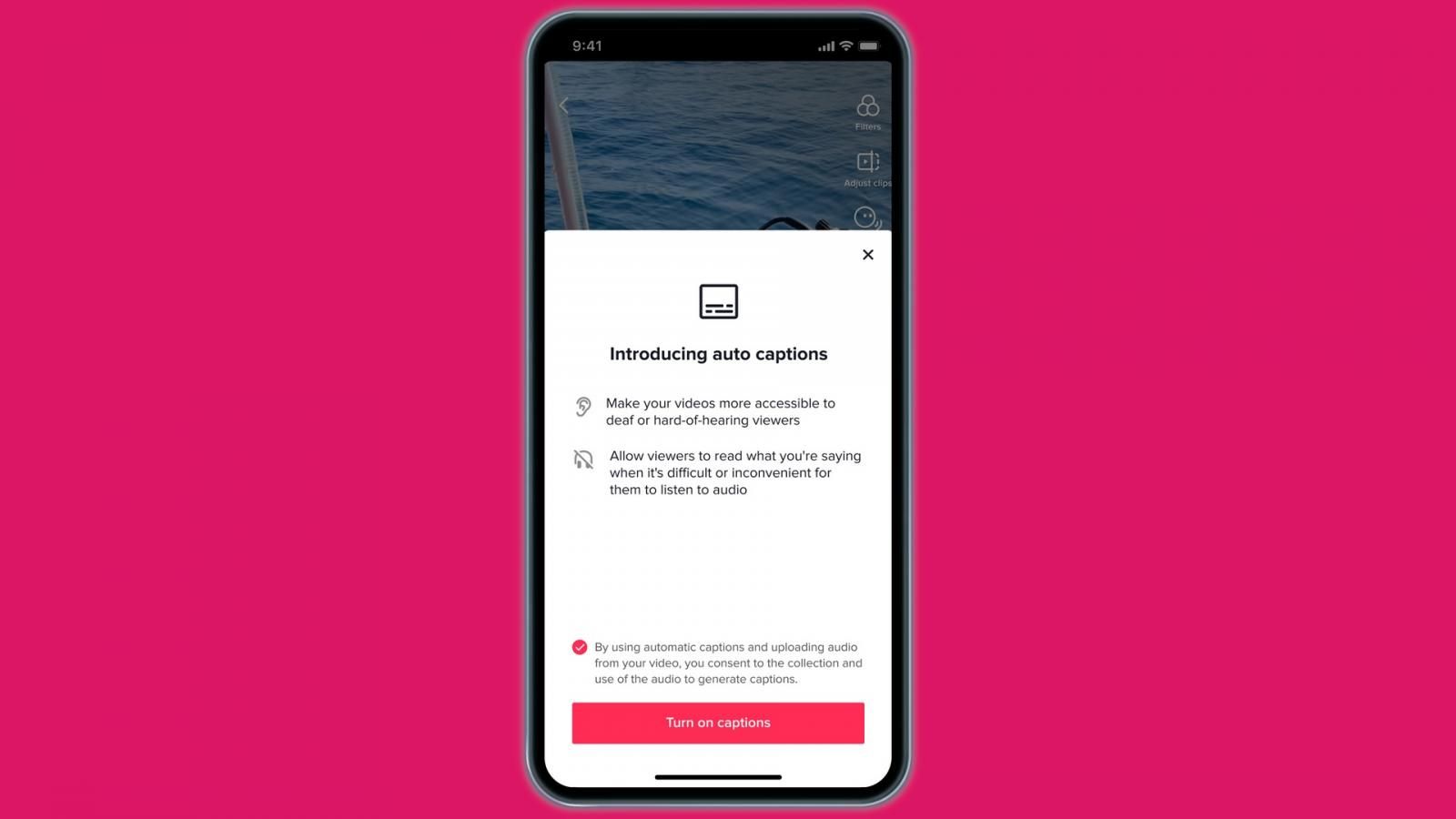TikTok has introduced a new feature that gives a huge boost to the accessibility aspect on its platform – auto captions. As the name makes it abundantly clears, users with hearing impairment will now be able to see automatically generated captions for videos they’re watching. The new trick will also come in handy for regular users when it comes to watching videos in scenarios where they can’t turn on the volume.
Creators can edit these captions, while viewers to can choose to see them or not
To show captions on a video, creators have to enable the automatic captioning feature after they’ve uploaded their video. The aforementioned option appears on the editing page, where creators can also edit the automatically generated captions to more accurately represent what is being said in their videos. TikTok says that captions are a part of videos, however, viewers will have the option to turn them off or on.
In order to turn off these automatically generated captions, open the share panel, tap on the new captions button and select the off option. Auto captions currently offer support only for English and Japanese. However, TikTok says it is working to add support for more languages so that it can be helpful for users speaking varied languages from all across the world in the coming months.
The new auto-captioning feature will complement the text-to-speech feature that is already accessible to users. A few other accessibility features that are available on TikTok include the ability to show warning for content that may trigger a photosensitive epilepsy response as well as the ability to filter out such content and prevent it from appearing in your content feed.
However, TikTok’s archrival Instagram is also testing its own version of automatic video captioning. The Facebook-owned company confirmed last week that automatic captioning is currently being tested internally, but there is no word when it will be released widely for all users. Zoom recently made its auto-captioning feature free for all users, while Google’s Live Captions feature is already available widely, even for audio and video calls on Pixel phones.


